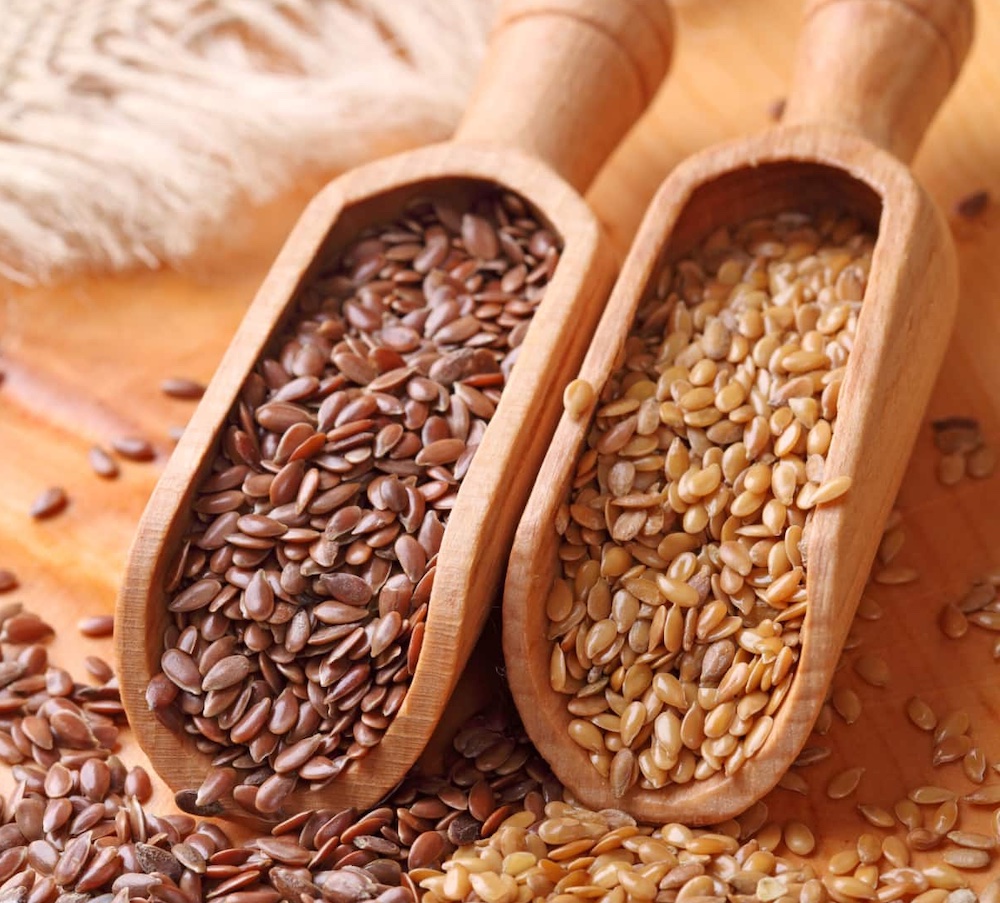The actual flax seed is tiny but it is mighty. Not many people are aware of the fact that this little seed is packed full of nutrients. It is high in essential B vitamins and magnesium but also rich in omega 3 and contains fiber and vital antioxidants.
Flax seeds need to be ground into a fine powder or meal in order to release all these nutrients, and the recommended daily dose is about 2-3 tablespoonfuls. Too much flax can create the adverse effect of a laxative!
The nutrients of flax seeds are at their optimum when ground and consumed fresh – they can be retained in the seed until ready for consumption for up to a year – provided that they have not been exposed to heat.
Once ground (and stored away from heat and light), flax/talba will remain fresh for a few months and should preferably be refrigerated (the oil in the seeds, as with nuts, has a tendency to become rancid if left longer). Flax is said to have originated from Egypt as an herb. Ancient Egyptians reputedly used it for nutritional and medicinal purposes.
The gummy substance of flaxseed meal (once it is mixed with a little water) can actually be used as an egg replacement during fasting season to bind ingredients together.
Here are some suggestions on how to use flaxseed meal, which has a pleasant nutty flavor, and can provide these dishes with a boost of added nutrition:
• Sprinkle on hot or cold cereal
• Blend into juice, smoothies or soups
• Sprinkle on salads or cooked vegetables
• Add to meatballs or meatloaf
• Sprinkle on yogurt
• Mix into casseroles and baked goods
(muffins, cookies or breads).

